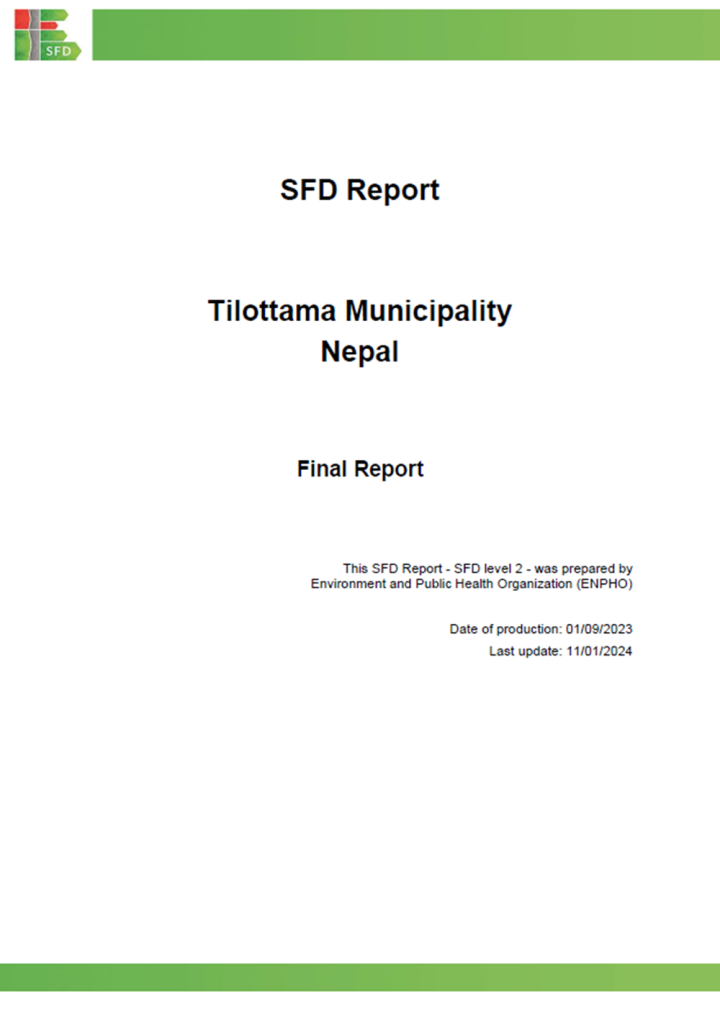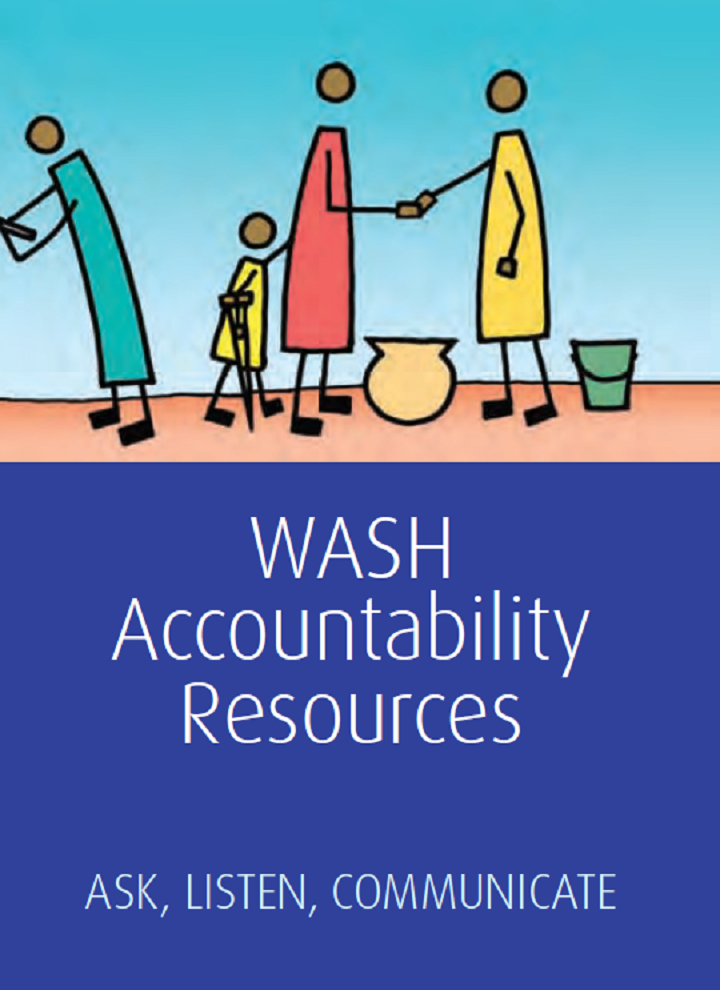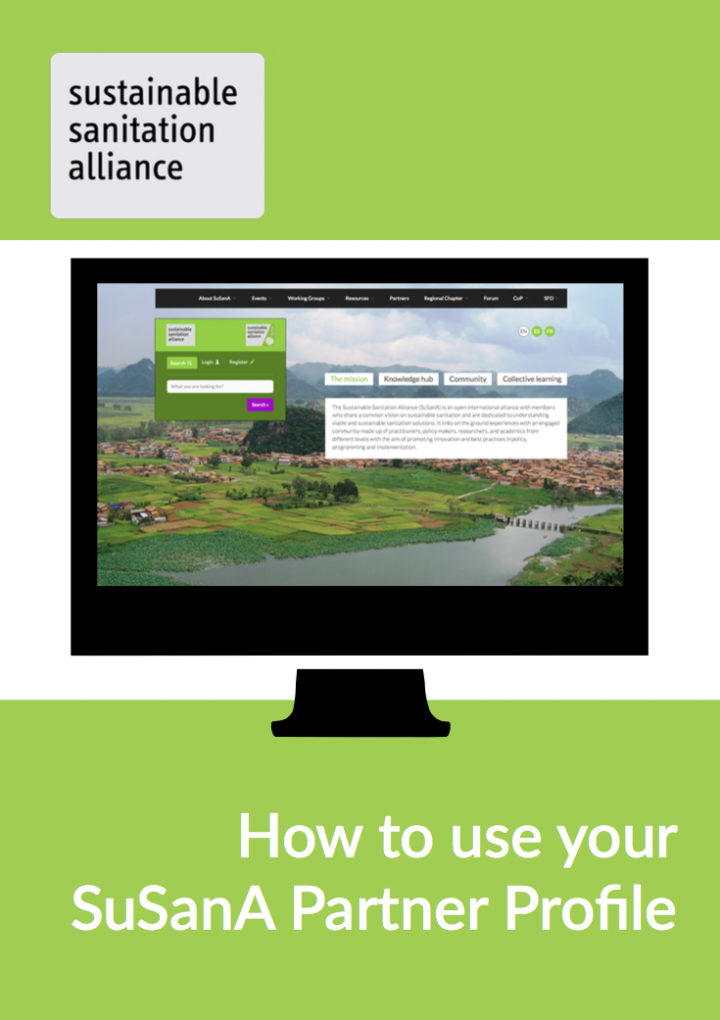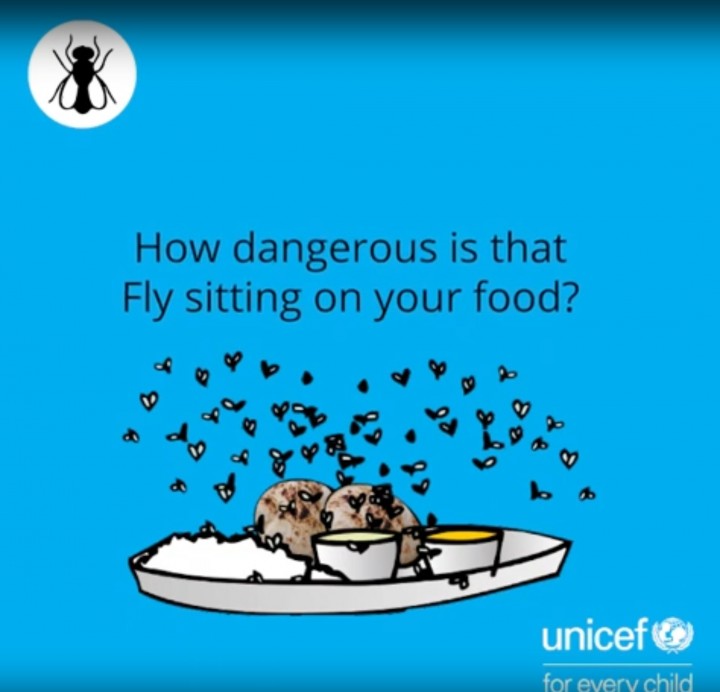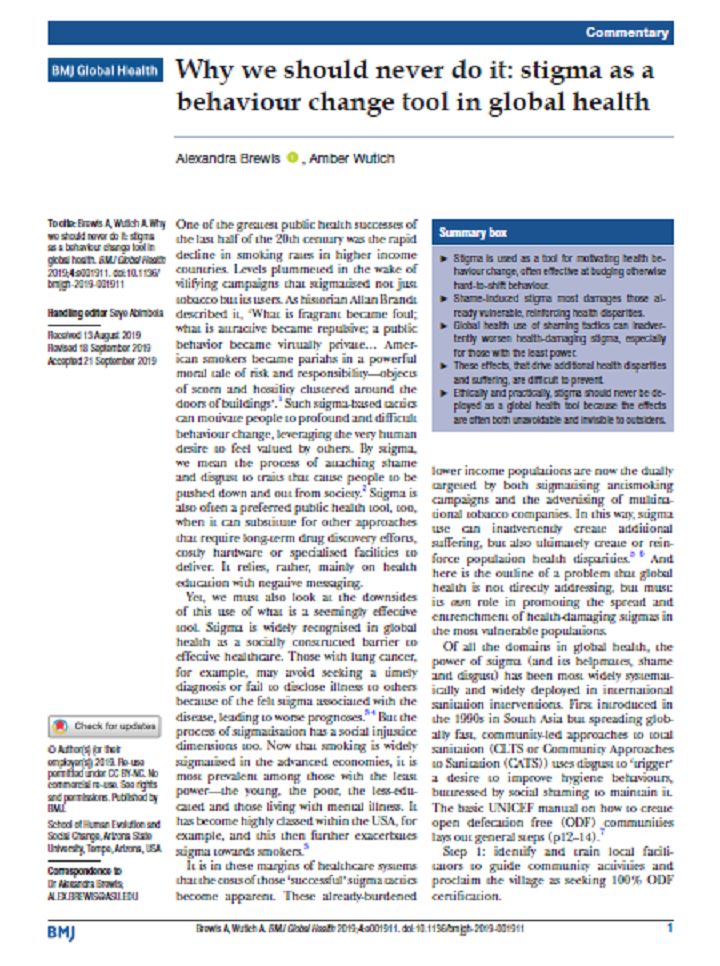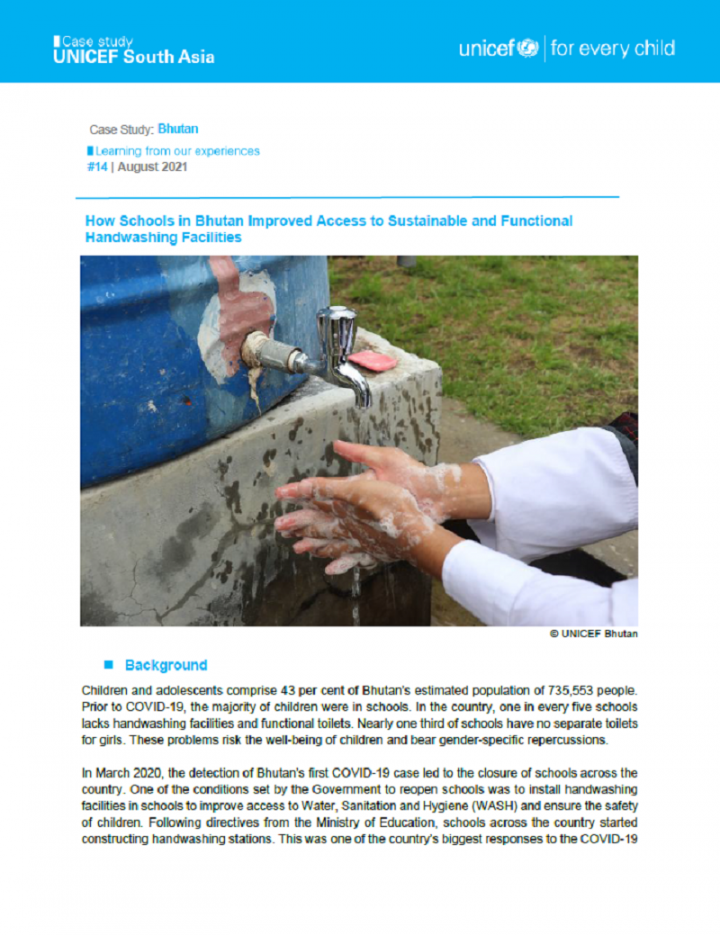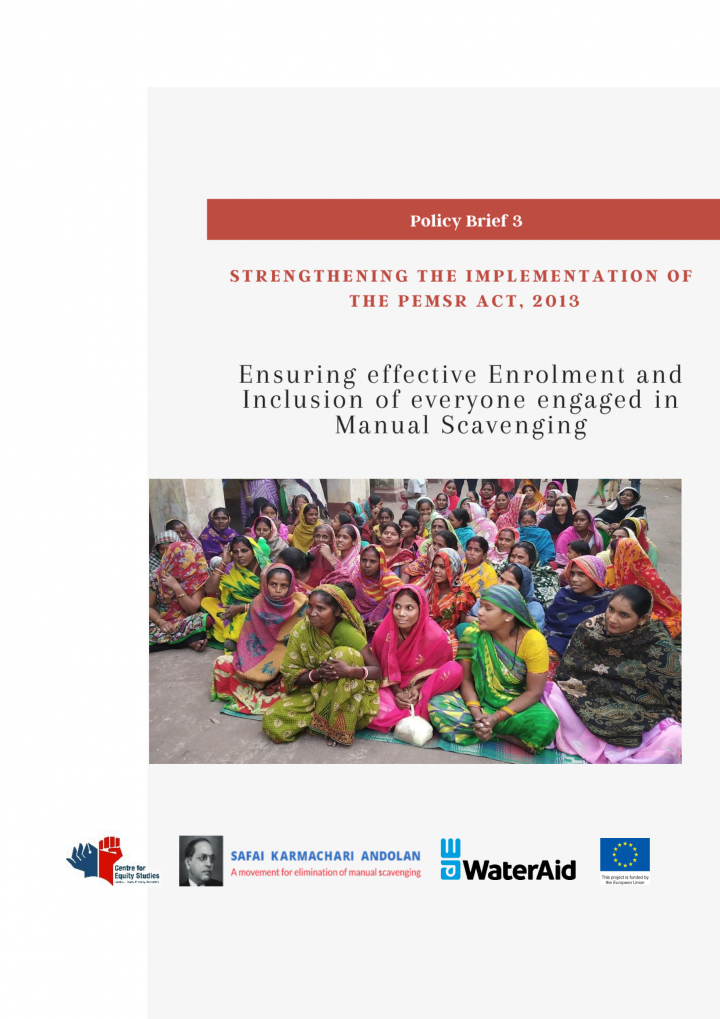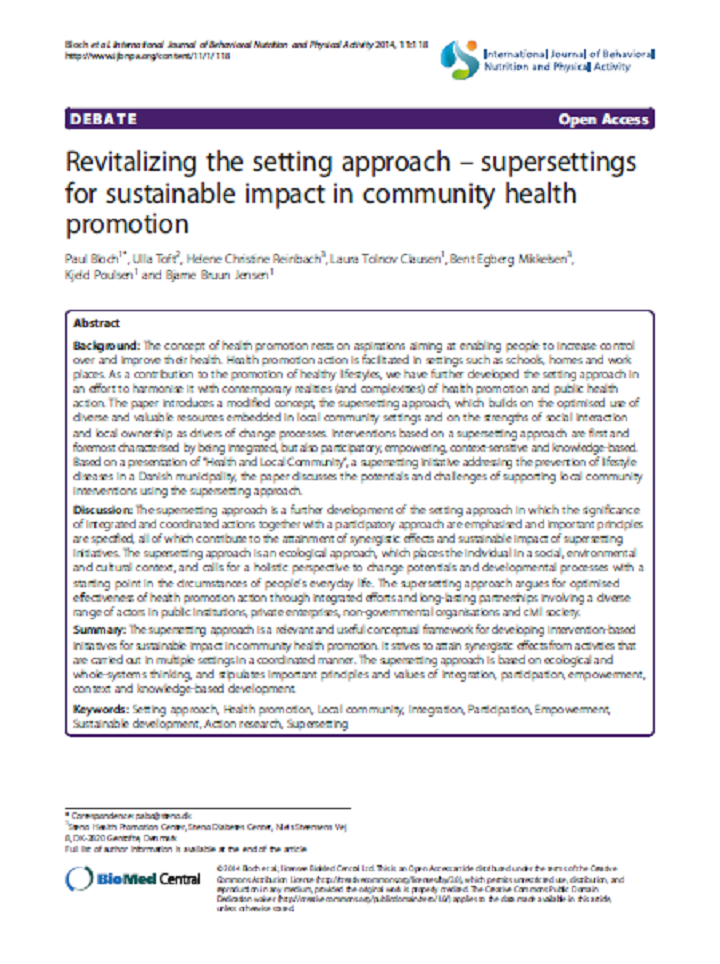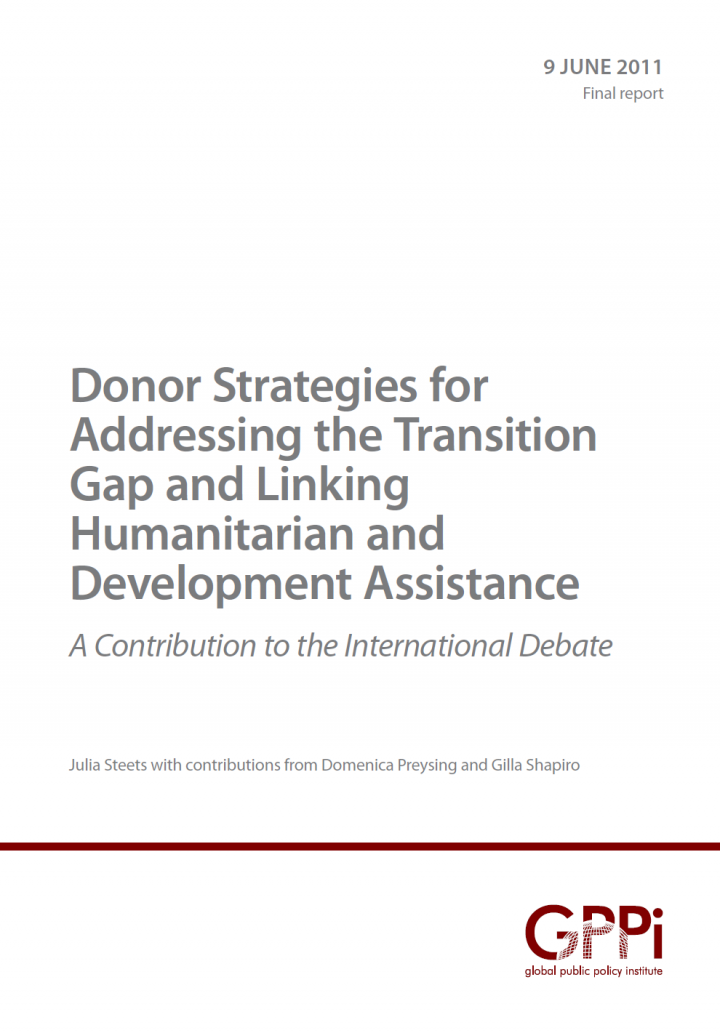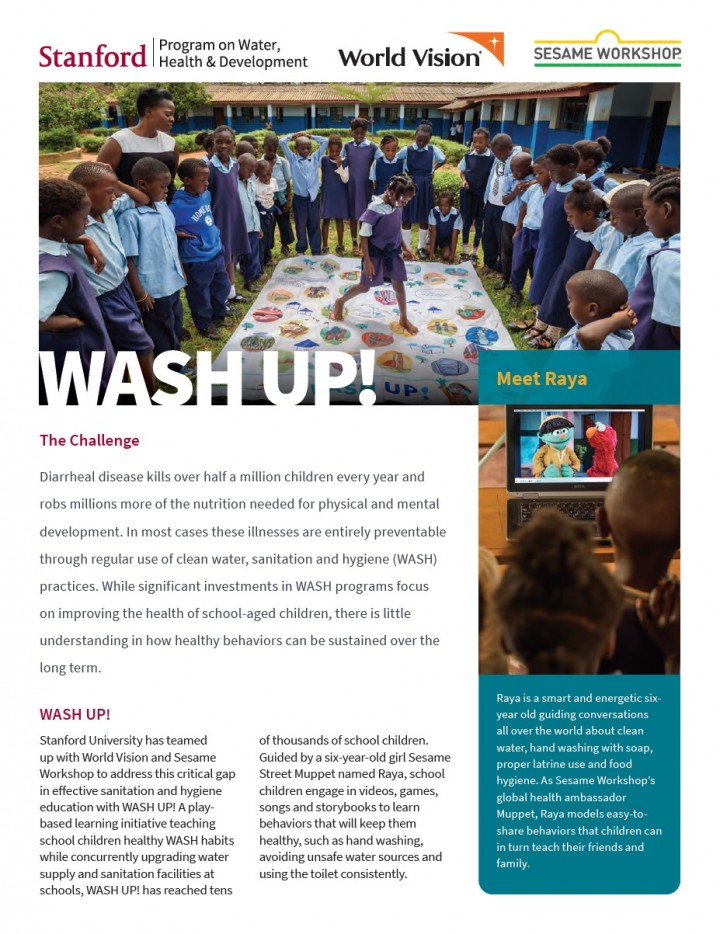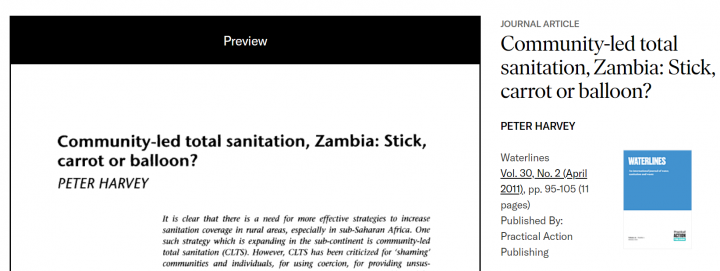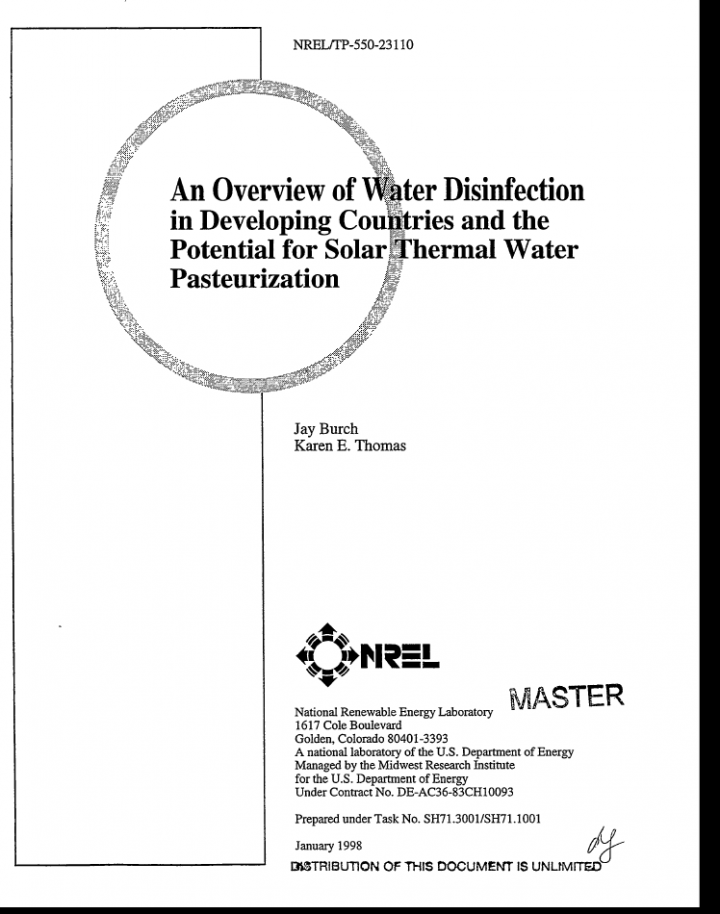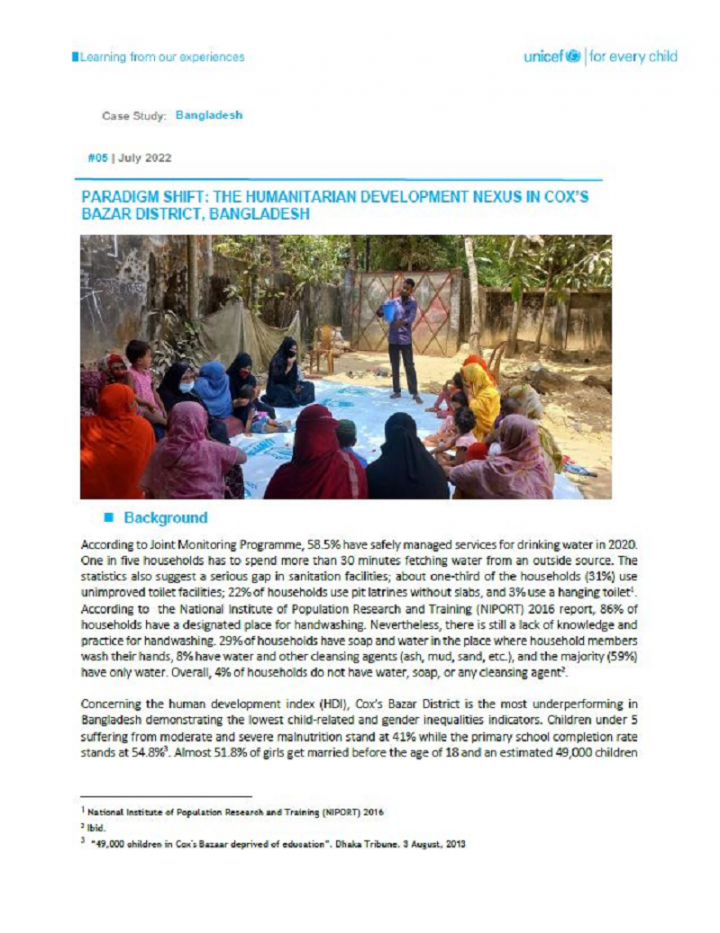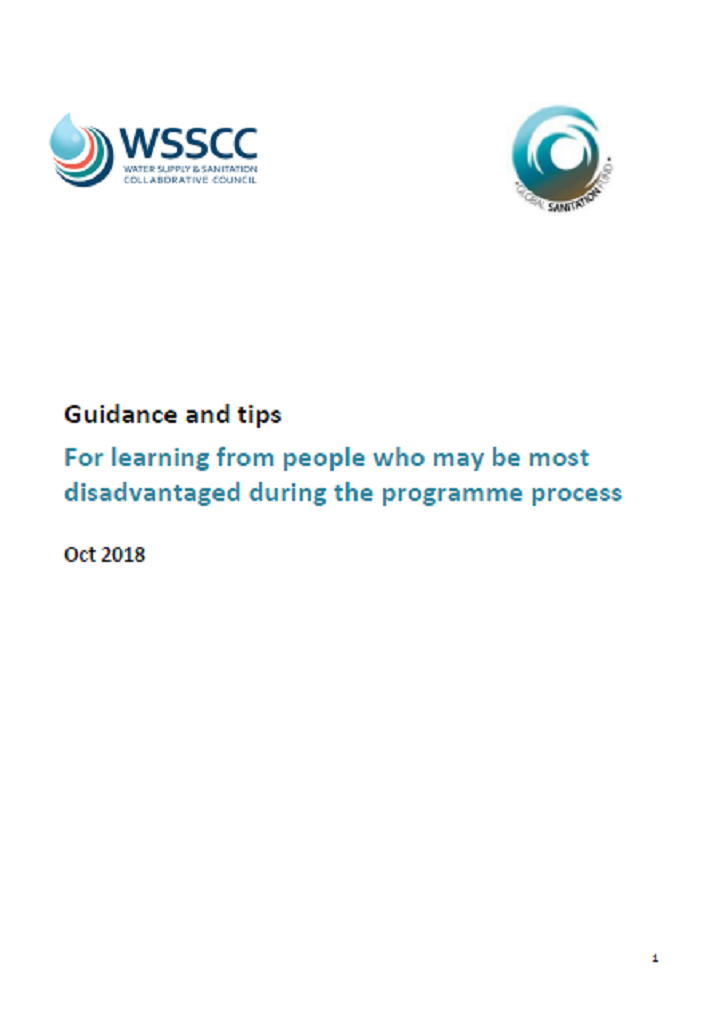Searching for information on Sanitation Workers?
The Sanitation Workers Knowledge + Learning Hub is the best source for all current news, trends, articles and updates on sanitation workers rights around the world.
Tilottama Municipality is in Rupandehi District, Lumbini Province of Nepal (MoLFM, 2016). The municipality was established on 8 May 2014. It has a total of 17 wards and covers 126.19 square kilometres of area. It is surrounded by Butwal Submetropolitan City in the north, Siddharthanagar Municipality and Omsatiya Rural Municipality in the south, Rohini River and Devdaha Municipality in the east …
In 2019, cyclone Fani devastated Badabenakudi village, leaving its people traumatized. Many locals felt powerless and dependent on others. It was in this context that the UNICEF WASH team in Odisha and the government sought to develop the local capacity of the community and enhance awareness of WASH. UNICEF and its partners worked with the local ASHA (community health worker), schoolteacher, and …
Stigma is used as a tool for motivating health behaviour change, often effective at budging otherwise hard-to-shift behaviour.
Shame-induced stigma most damages those already vulnerable, reinforcing health disparities.
Global health use of shaming tactics can inadvertently worsen health-damaging stigma, especially for those with the least power.
These effects, that drive additional health …
DECENTRALIZATION The beginnings of decentralization in Côte d'Ivoire date back to the colonial period, when the country was a French colony with the existence of mixed communes and municipal councils (partly elected and partly appointed). Medium-sized communes were run by councils headed by “Mayor Administrators” appointed by the Central Colonial Government. Large communes were administered …
Children and adolescents comprise 43 per cent of Bhutan’s estimated population of 735,553 people. Prior to COVID-19, the majority of children were in schools. In the country, one in every five schools lacks handwashing facilities and functional toilets. Nearly one third of schools have no separate toilets for girls. These problems risk the well-being of children and bear gender-specific …
In the 64th year of the Republic the nation, it was recognized formally through a legislative act, for the second time after the initial 1993 act, that the “dehumanising practice of manual scavenging, arising from the continuing existence of insanitary latrines and a highly iniquitous caste system” that “still persists in various parts of the country” needs to be eradicated and those in …
The concept of health promotion rests on aspirations aiming at enabling people to increase control over and improve their health. Health promotion action is facilitated in settings such as schools, homes and work places. As a contribution to the promotion of healthy lifestyles, we have further developed the setting approach in an effort to harmonise it with contemporary realities (and …
Humanitarian assistance and development cooperation pursue different aims and follow different principles. Their separation – while important to protect the independence of humanitarian action – has negative side effects. This paper seeks to contribute to the international debate by clarifying concepts, analyzing these effects and exploring donor strategies for addressing them.
The state …
It is clear that there is a need for more effective strategies to increase sanitation coverage in rural areas, especially in sub-Saharan Africa. One such strategy which is expanding in the sub-continent is community-led total sanitation (CLTS). However, CLTS has been criticized for 'shaming' communities.
This study originated within the Solar Buildings Program at the U.S. Department of Energy. Its goal is to
assess the potential for solar thennal water disinfection in developing countries. In order to assess solar
thennal potential, the alternatives must be clearly understood and compared. The objectives of the study are
to: a) characterize the developing world disinfection needs and market; …
According to Joint Monitoring Programme, 58.5% have safely managed services for drinking water in 2020. One in five households has to spend more than 30 minutes fetching water from an outside source. The statistics also suggest a serious gap in sanitation facilities; about one-third of the households (31%) use unimproved toilet facilities; 22% of households use pit latrines without slabs, and 3% …
A pre-recorded conversation between Dr Sally Cawood and activist, writer, researcher and teacher Dr Hemangi Kadlak (Assistant Professor, Vellore Institute of Technology, Tamil Nadu and Strivajin Foundation).
In this recording, Dr Kadlak discusses the motivations for her research on sanitation workers and manual scavenging in India, with important takeways for us all.
Sonargaon is one of the ancient capitals of Bengal and served as the administrative centre of eastern Bengal. It is located in the Sonargaon Upazila of the Narayanganj District within the Dhaka Division. The geographical coordinates of Sonargaon are 23°38' N and 90°35' E . Its northern and western boundaries are defined by Araihazar and Rupganj upazilas, its southern and eastern boundaries by …
Bangladesh is the eighth-most populous country in the world, with a population exceeding 166 million people in an area of 147,600 square kilometres making it one of the most densely populated countries in the world.
About a million Rohingyas have fled due to the ethnic cleansing in Myanmar and sought refuge in Bangladesh. The refugees are in temporary settlements in hilly areas of Cox’s …
From the 24 – 28 March 2014, RedR held a pilot course for 24 WASH experts on the subject of
addressing the social, institutional and technical gaps that currently exist for water, sanitation and
hygiene provision in the urban emergency context. This document, produced as a partnership
between ALNAP and RedR, captures the key messages, lessons and experiences of both course
facilitators …
The Washington Group Questions on Disability are rapidly emerging as the preferred data collection methodology by the global community for national data collection efforts on disability. However, more and more development and humanitarian actors are now using the methodology in their own data collection efforts. This is beyond the original purpose of the questions, which was to generate usable …
This guide provides practical guidance for governments regarding how to effectively communicate with communities during the recovery phase following an emergency. It explains how to identify communication needs and presents best fit communication methods and strategies to deploy to support disaster recovery frameworks (DRF) and recovery strategies. For the purposes of this guide, recovery …

